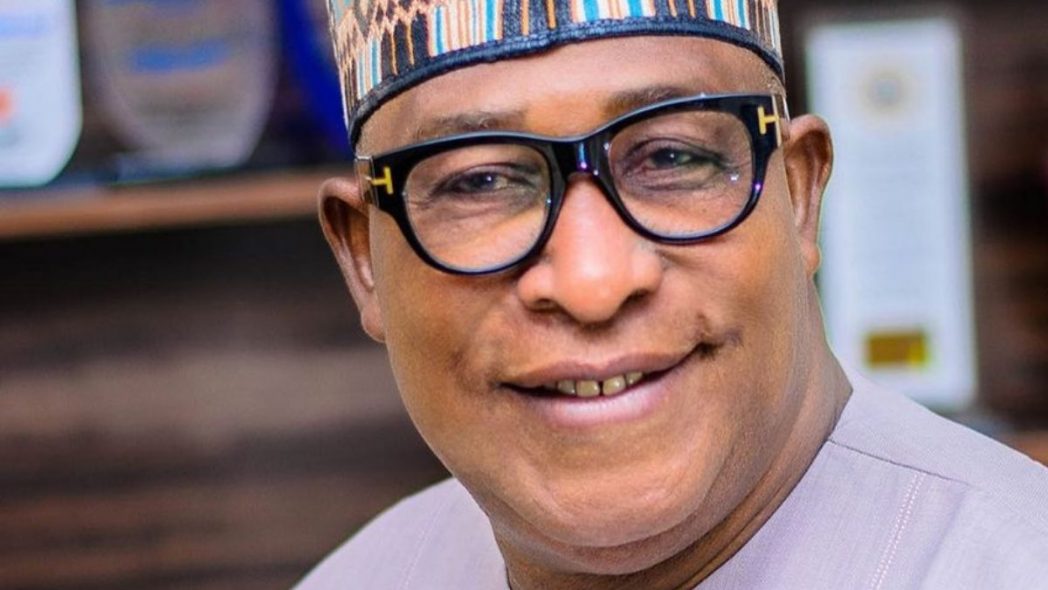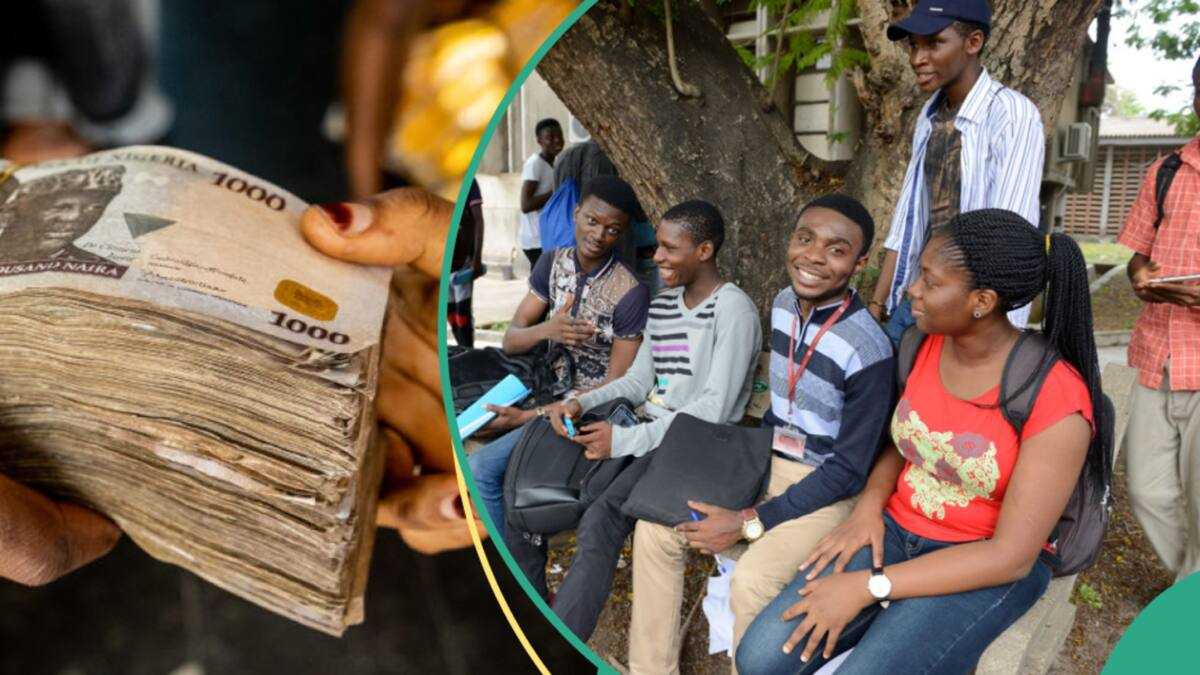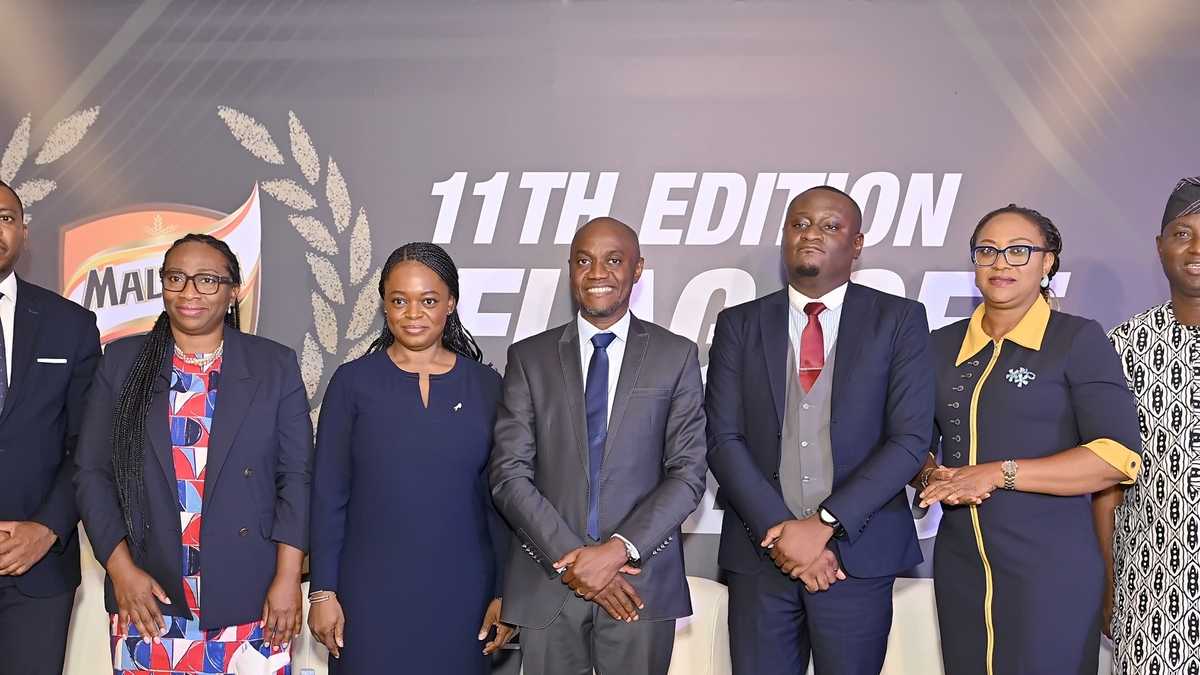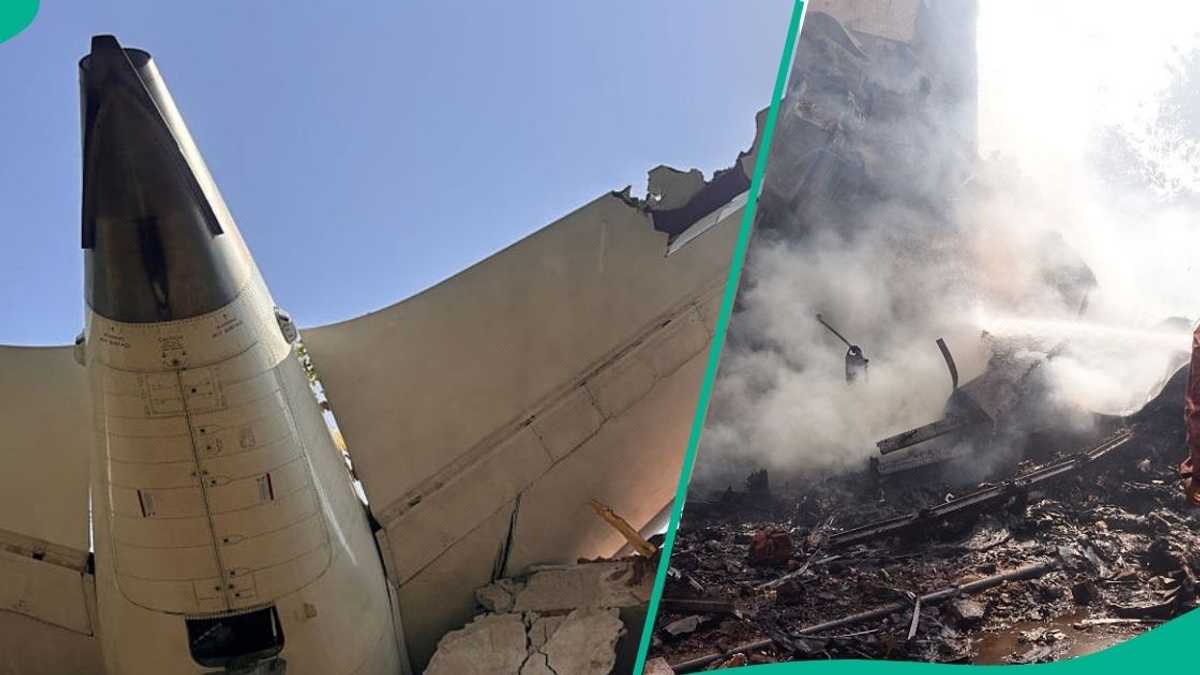Complex Financing For Micro Enterprises In Indonesia Wins Grunin Prize
In Indonesia, micro, small, and medium enterprises (MSMEs) are a significant part of the economy, providing 60% of GDP and employing 97% of the workforce. Many of those businesses are micro enterprises—and access to financing gets harder the further down the pyramid you go, especially in rural areas.

Feng Lin, senior counsel at IFC
Grunin Center For Law and Social EntrepreneurshipWith that in mind, two years ago, International Finance Corporation (IFC), the private sector arm of the World Bank, and PT Amartha Mikro Finance (Amartha), a fintech P2P platform that uses alternative data and technology to reach borrowers not served by traditional banks, started work on a new structure for providing micro-finance loans to under-served female micro entrepreneurs in rural Indonesia.
The structure, they figured, would allow Amartha to tap financing that could potentially be scaled to up to $206 million and help women borrowers in rural and small towns to get access to $50 to $1,000 loans.
The two organizations then reached out to legal counsel to help create the complex approach.
Eventually, that included IFC Legal (IFC’s in-house legal team), Pinsent Masons (IFC’s external counsel, English and Singapore Law), Jardin Legal (IFC’s external counsel, Indonesian law) and TRILEXICA (Amartha’s external counsel, Indonesian law).
The project just won the 2025 Grunin Prize for Law and Social Entrepreneurship. Administered by NYU School of Law’s Grunin Center for Law and Social Entrepreneurship, “it aims to reward the innovation, potential impact, and replicability and/or scalability of projects and solutions developed by lawyers to advance the fields of social entrepreneurship, impact investing and sustainable development.”
Because many potential borrowers live in areas without bank branches, Amartha’s digital lending capability was essential. In addition, many aren’t likely to get bank financing in the first place.
But, while Amartha had technology and data, it also had small balance sheets. Plus, according to Feng Lin, senior counsel at IFC, there was no securitization framework in Indonesia. “In a conventional securitization, you need to have an existing portfolio on the balance sheet that you purchase. You purchase the risk and reward, and you are at the back end,” says Asif Mustaqim, principal invstment officer at IFC. “But in this case, the balance sheets were very small. So we had to come up with a structure whereby you delivered a securitization type of instrument and investors who came in would take the full risk and reward.”
(l to r) James Harris, partner at Pinsent Masons, Asif Mustaqim, principal investment officer at ... More IFC, and Feng Lin
Grunin Center for Law and Social EntrepreneurshipWith no existing portfolio, how to bridge the gap? The answer was to create a structure with junior and senior tranches, establishing an orphan Special Purpose Vehicle (SPV) in Singapore to act as the lender of record. Thus, Amartha would service the loans, with lenders funding the SPV, which would draw down tranches as needed and directly lend to entrepreneurs.
“The solution worked to deal with both local regulatory constraints and the limitation caused by the small balance sheet,” says Lin.
IFC and eight investors contributed approximately $170 million. Specifically, IFC committed $25 million and attracted the rest from banks, impact funds, and global insurers.
There’s also interest from fintechs and banks in the Philippines, Japan, and Hong Kong in replicating the model, according to Mustaqim.












